#jamaica
Explore tagged Tumblr posts
Text



TWINKLE ✨
1K notes
·
View notes
Text

The Zong Massacre (1781)
On September 6, 1781, the slave ship Zong sailed from Africa with around 442 enslaved Africans. Back then, slaves were a valuable 'commodity' so they often captured more than the ship could handle to maximize profits.
Ten weeks later, around November 1781, the Zong arrived at Tobago, then proceeded toward St. Elizabeth, but deviated from its route near Haiti. At that stage, water shortages, illness, and fatalities among the crew, combined with poor leadership decisions, caused chaos.
By end of November about 62 Africans had died from either disease or malnutrition. The Zong then sailed in an area in the Atlantic known as "the Doldrums" notorious for stagnant winds.
Stranded there, illness ravaged the ship, claiming over 50 more lives as conditions worsened.
Desperate as they ran out of water, Luke Collingwood, captain of the ship decided to "jettison" some of the cargo in order to save the ship & provide its owners the opportunity to claim insurance.
Children, women and men were forced off the ship and left to drown. Some of the men handcuffed and had iron balls tied to their ankles. About 10 Africans jumped rather than be pushed by the crew. By December 22, about 208 Africans arrived alive, a mortality rate of 53%.
Upon the Zong's arrival in Jamaica, James Gregson, the ship's owner, filed an insurance claim for their loss. Gregson stated that Zong didn't have enough water to sustain the crew & Africans.The underwriter, Thomas Gilbert, disputed the claim citing the ship did have enough water.
Despite this the Jamaican court in 1782 found in favour of the owners. The African were reduce to "horses" & "cargo" while it cause outrage against anti-slavery proponents. It would be years for the event to be termed what it is really: a massacre.
•••
Masacre del Zong (1781)
El 6 de septiembre de 1781, el barco Zong zarpó de África con alrededor de 442 africanos esclavizados. En aquel entonces, los esclavos eran una mercancía valiosa, por lo que a menudo capturaban más de lo que el barco podía manejar para maximizar las ganancias.
Diez semanas después, alrededor de noviembre de 1781, el Zong llegó a Tobago y luego prosiguió hacia Santa Isabel, pero se desvió de su ruta cerca de Haití. En ese momento, la escasez de agua, las enfermedades y las muertes entre la tripulación, sumadas a las malas decisiones de liderazgo, causaron el caos.
A finales de noviembre, unos 62 africanos habían muerto por enfermedad o desnutrición. El Zong navegó entonces por una zona del Atlántico conocida como "las calmas ecuatoriales", conocida por sus vientos paralizantes.
Encallado allí, la enfermedad azotó el barco, cobrándose más de 50 vidas a medida que las condiciones empeoraban. Desesperado mientras que se quedaban sin agua, Luke Collingwood, capitán del barco, decidió deshacerse de parte de la carga para salvar el barco y dar a los dueños la oportunidad de reclamar el seguro. Niños, mujeres y hombres fueron obligados a bajar del barco y fueron abandonados a su suerte. Algunos hombres fueron esposados y tenían bolas de hierro atadas a los tobillos. Unos 10 africanos saltaron en lugar de ser empujados por la tripulación. Para el 22 de diciembre, unos 208 africanos llegaron con vida. La tasa de mortalidad fue de 53%.
A la llegada del Zong a Jamaica, James Gregson, propietario del barco, presentó un reclamo al seguro por la pérdida. Gregson declaró que el Zong no tenía suficiente agua para la tripulación y los africanos. El asegurador, Thomas Gilbert, rechazó el reclamo alegando que el barco sí tenía suficiente agua.
A pesar de esto, el tribunal jamaiquino falló a favor de los propietarios. Los africanos fueron reducidos a "caballos" y "carga", lo que provocó indignación entre los defensores anti-esclavitud. Pasaron años para que el acontecimiento fuera calificado como lo que realmente es: una masacre.
#blackhistory#history#blacklivesalwaysmatter#black history is everybody's history#black history matters#historyfacts#black history is world history#black history is american history#black history month#black history#african history#jamaica#blackhistorymonth#blacklivesmatter#culture#knowyourhistory#blackhistoryyear#knowledgeispower#power to the people#blackpeoplematter#africanhistory365#africanhistory#blackownedandoperated#knowlegde#share#blackbloggers#black community#english#spanish#follow
64 notes
·
View notes
Text
Charela Inn
#resort#hotels#jamaica#black owned businesses#black owned business#support black owned#black entrepreneurs#black economics#black excellence#black business#black pride#black people#black power
408 notes
·
View notes
Text
#good times#fun#joy#fine#fine as fuck#fine ass women#chocolate#black is beautiful#black beauty#black#woman#women#art#thick babe#thickwomen#thick ebony#dance#jamaica#ebony twerk#girls who twerk#twerking
6K notes
·
View notes
Text
Femme fatales ❤️🔥 sweet plantains.🤤
3K notes
·
View notes
Text
#good times#fun#joy#fine#fine as fuck#fine ass women#chocolate#black is beautiful#black beauty#black#woman#women#art#thick babe#thickwomen#thick ebony#dance#jamaica#ebony twerk#girls who twerk#twerking
29K notes
·
View notes
Text

Flower Farm, Jamaica Jodi Cobb 1983
169 notes
·
View notes
Text

Wanted to do a cultural Miku too <33
The world belong she 🇯🇲🇯🇲🇯🇲
7K notes
·
View notes
Text

Charlie Ace’s Swing-a-Ling mobile record and recording shop and studio – 1973. Photo by Adrian Boot.
693 notes
·
View notes
Text


Where food is shared, happiness is doubled
3K notes
·
View notes
Text


#jessica wong#@jessleewong#blackisbeautiful#blackwomen#blackbeauty#jamaican beauty#jamaica#jamaican gyal#carribean beauty#carribean gyal#carribean women#natural curls#afro#afrolicious#afrocentrichairstyles#afrocaribbeanbeauty#afrocaribbean culture#afrocentrism#panafricanism#brownskingirls#brownskinbeauty#blackwomenaregorgeous#blackwomenkillingit#queenin#allblackeverything#blackgirlmagic#blackgirlaesthetic#blackwomenbelike#black girl joy#blacktumblr
2K notes
·
View notes
Text
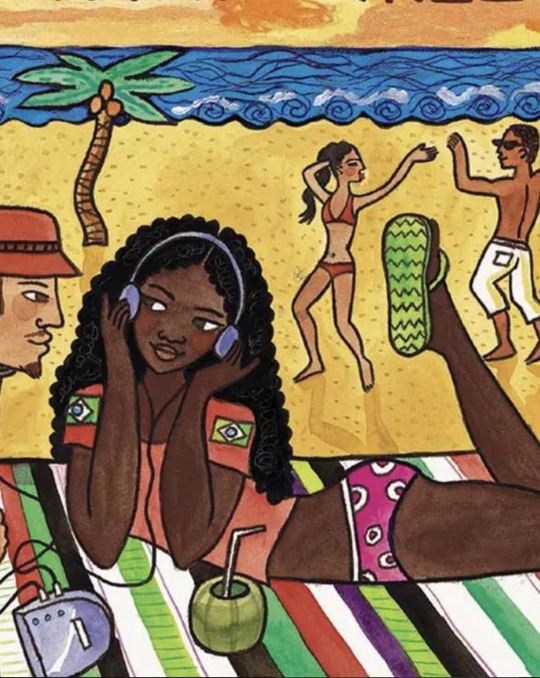
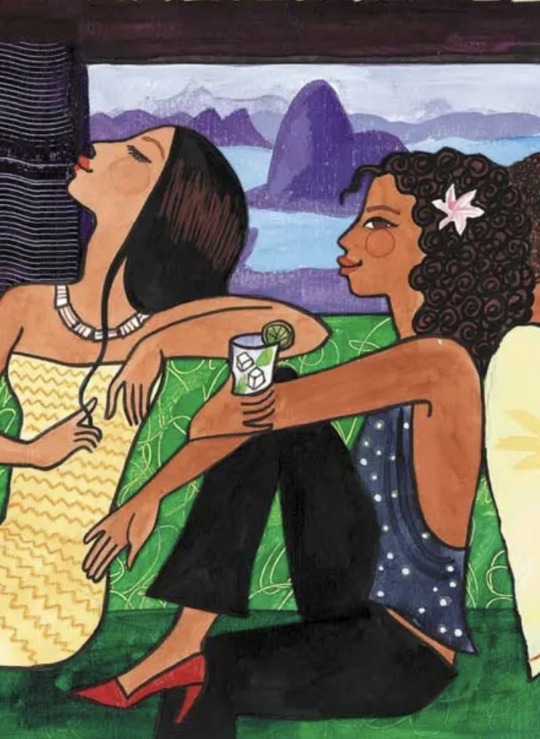
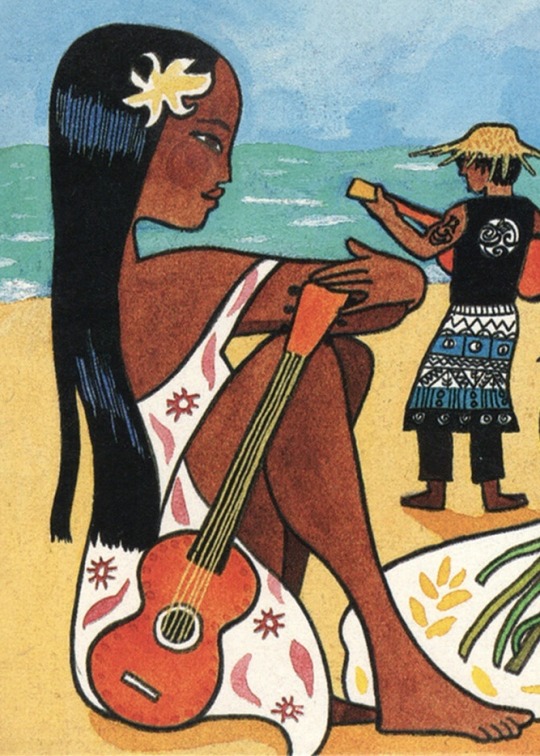
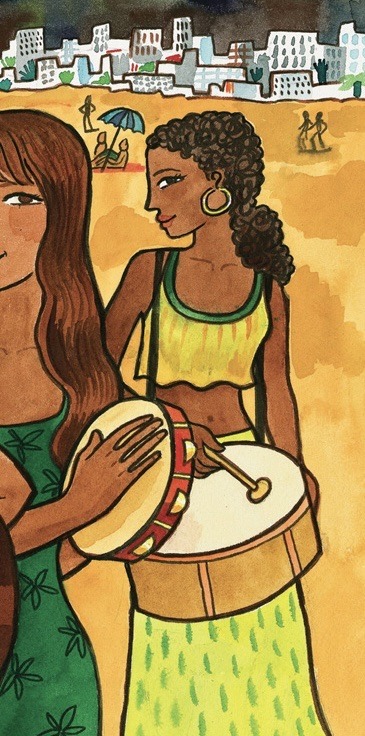
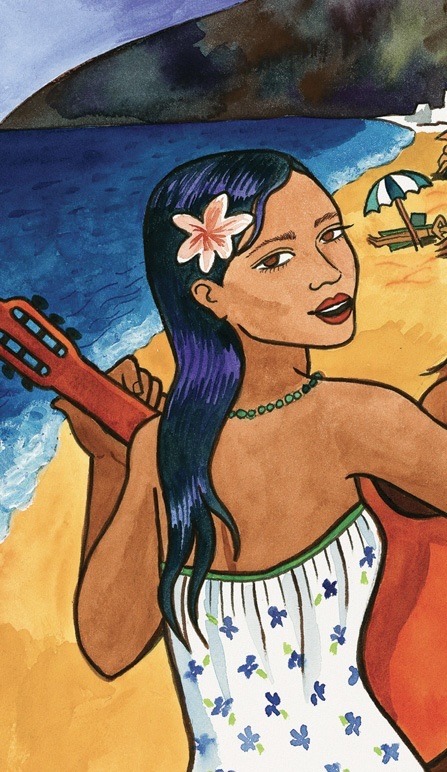
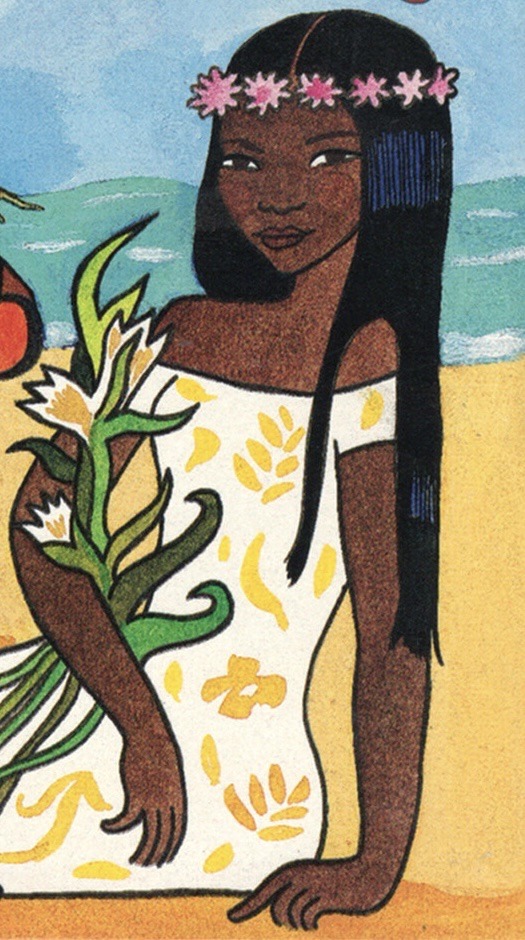
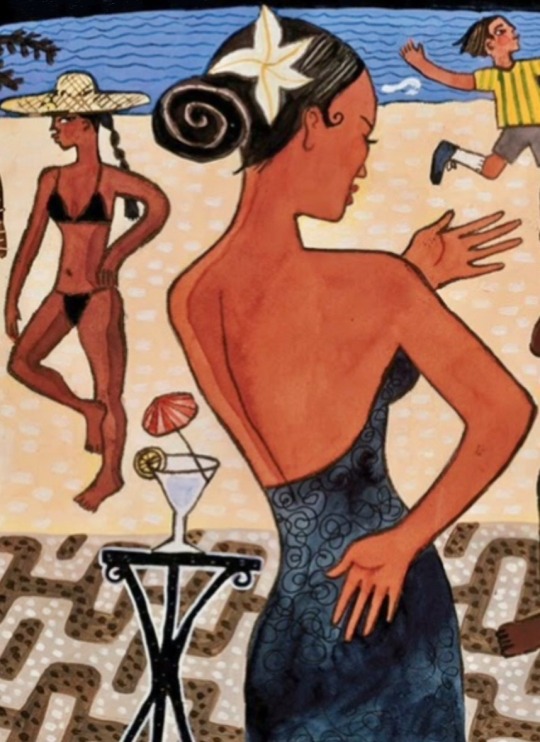
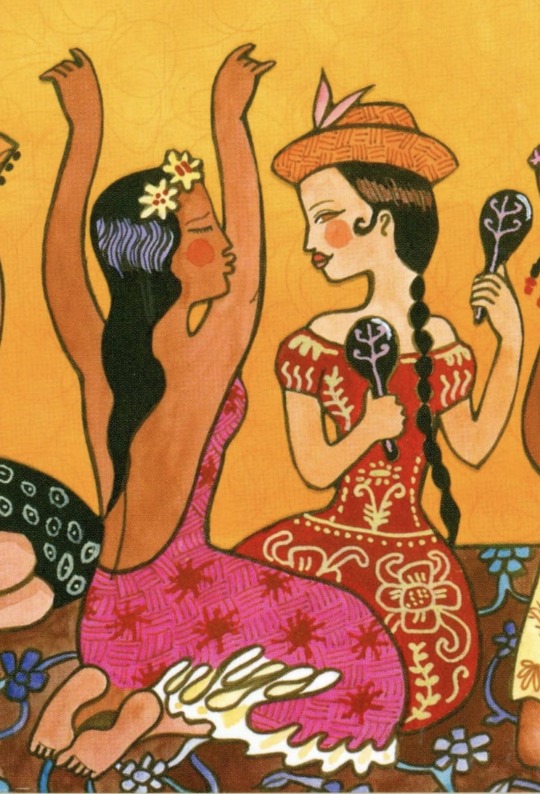
Ladies on the Putumayo album covers
4K notes
·
View notes



